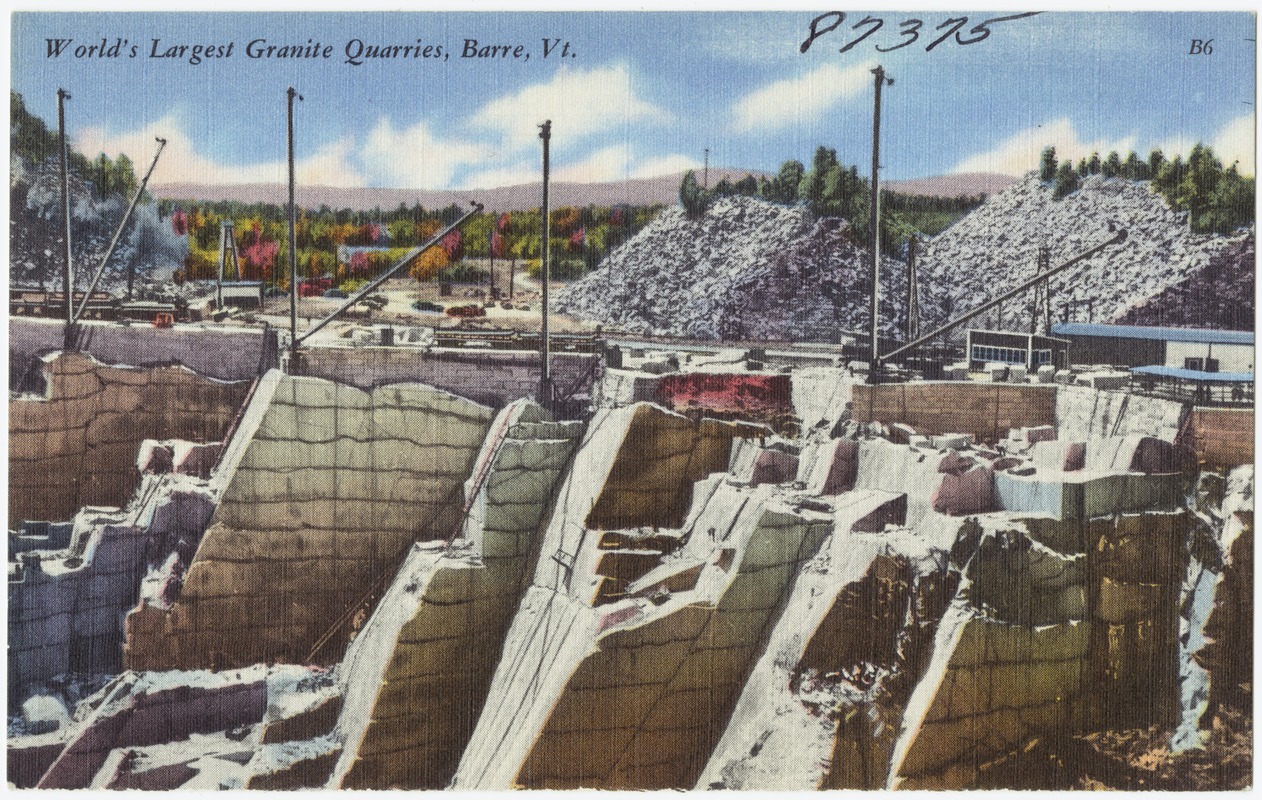Travelling Through Granite Quarries in South Africa: A Visual Odyssey
Travelling Through Granite Quarries in South Africa: A Visual Odyssey
Blog Article
Uncovering the Rich History and Sustainable Practices of Granite Quarrying
As we depend on the precipice of discovering the detailed tapestry of granite quarrying, a journey via time reveals not simply the physical act of drawing out stone but likewise the social and historic significance woven right into the very material of this technique. From the ancient origins that laid the structure for modern quarrying methods to the lasting practices that are shaping the future of this market, each carve mark on granite surfaces tells a tale waiting to be uncovered (granite quarries in south africa). The legacy of granite quarrying stretches much past plain extraction; it is a testament to human ingenuity, durability, and the long-lasting allure of this marvelous rock
Old Origins of Granite Quarrying
Dating back to ancient people, the technique of quarrying granite has actually been an essential part of human history and building innovation. The earliest proof of granite quarrying go back to ancient Egypt, where enormous pyramids and detailed sculptures were crafted from this sturdy rock. The Egyptians utilized primitive tools to extract granite blocks from quarries, showcasing the significance of this material in their significant buildings.
Progressing in background, the Greeks likewise made considerable contributions to the quarrying of granite. The Greeks utilized granite in different architectural marvels, such as temples and sculptures, demonstrating their skill in shaping and carving this hardy rock. The Romans better improved the strategies of quarrying granite, using innovative devices like blades and hammers to essence and form granite for their iconic structures.
Via the centuries, the method of quarrying granite has actually evolved, with modern innovations improving effectiveness while preserving the timeless appeal of this all-natural rock - granite quarries in south africa. From ancient worlds to contemporary contractors, the legacy of granite quarrying continues to form our world
Evolution of Quarrying Strategies
The advancement of quarrying methods has actually been marked by a constant progression towards better efficiency and accuracy in extracting granite. Early quarrying methods entailed manual labor with fundamental devices such as chisels, hammers, and wedges to draw out granite blocks from the planet.
In more current times, the arrival of machinery reinvented the quarrying industry, allowing quicker removal rates and increased efficiency. Technologies such as diamond wire saws, high-pressure water jets, and pneumatic drills have become conventional in modern quarries, permitting precise cutting and decreased waste. In addition, developments in computer-controlled equipment and 3D modeling have maximized quarrying operations, resulting in marginal environmental effect and enhanced sustainability techniques. As the demand for granite remains to rise, the evolution of quarrying methods stays important to conference market requires effectively and sustainably.
Cultural Value of Granite
Granite holds an extensive social significance across numerous human beings due to its enduring existence in building masterpieces and prized monuments. The social importance of granite extends past its physical attributes; it personifies resilience, security, and timelessness, making it a sign of enduring traditions and practices.

Lasting Practices in Quarrying
In the middle of the rich background of granite quarrying and its cultural importance lies a growing focus on lasting practices within the market. As environmental recognition and concerns concerning resource exhaustion have actually heightened globally, the quarrying field has increasingly welcomed sustainable approaches to lessen its impact on the setting and surrounding areas.

Furthermore, reclamation and rehabilitation of quarry sites post-extraction are integral to sustainable techniques. By recovering quarried locations to an all-natural or beneficial state, such as creating wildlife habitats or recreational spaces, quarriers can counter the ecological impact of their procedures and contribute positively to the neighborhood ecological community.
Heritage of Granite Quarrying
With a historic backdrop steeped click to find out more in workmanship and commercial development, what enduring impact has granite quarrying left on the landscape of modern-day culture? The tradition of granite quarrying transcends plain removal practices; it has formed architectural marvels, city landscapes, and social heritage worldwide. The resilient nature of granite has made it a recommended selection for monuments, buildings, and facilities, standing as a testimony to the ability and creativity of quarry employees across generations.
In addition, the economic footprint of granite quarrying can not be ignored. The sector remains to provide employment opportunities and drive local economic climates in areas where granite extraction prevails. It has additionally spurred technical improvements in quarrying techniques and tools, resulting in more effective and sustainable methods.
In regards to sustainability, the heritage of granite quarrying includes efforts to minimize environmental effects via reclamation tasks and responsible resource monitoring. By balancing economic rate of interests with ecological stewardship, the sector strives to guarantee that future generations can remain to profit from this enduring natural resource.
Final Thought

Report this page